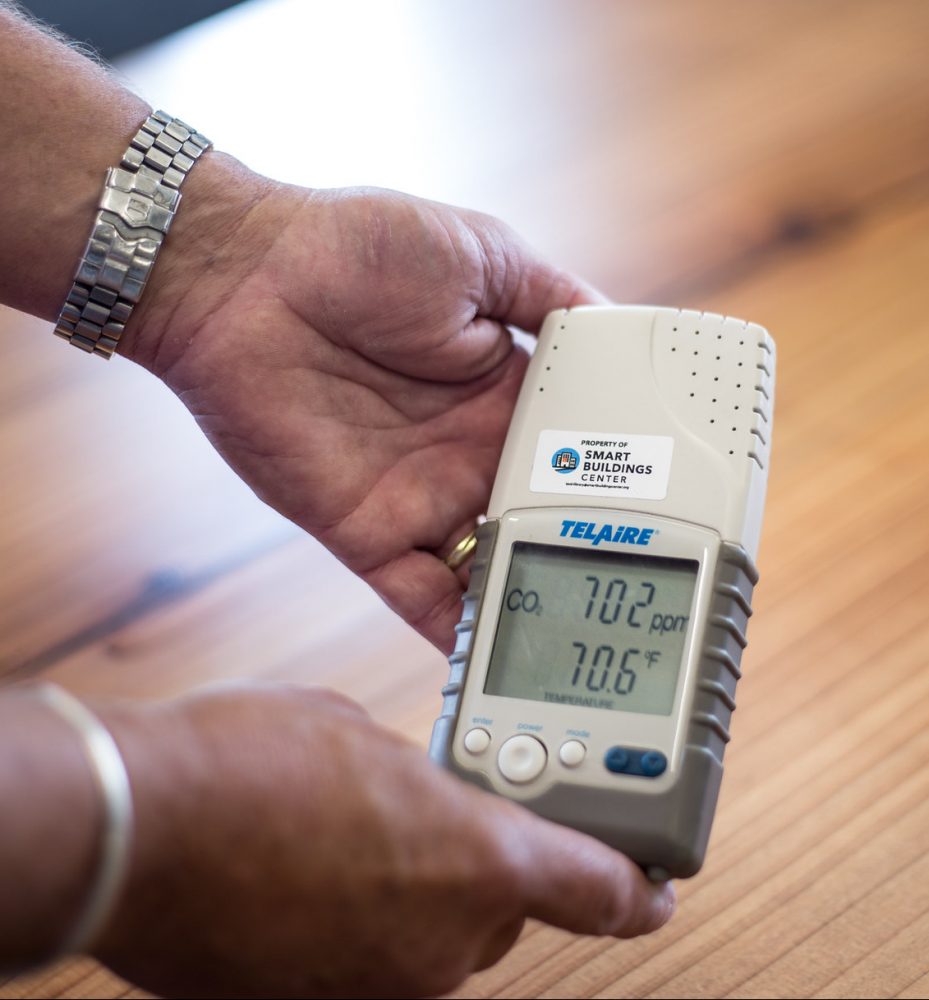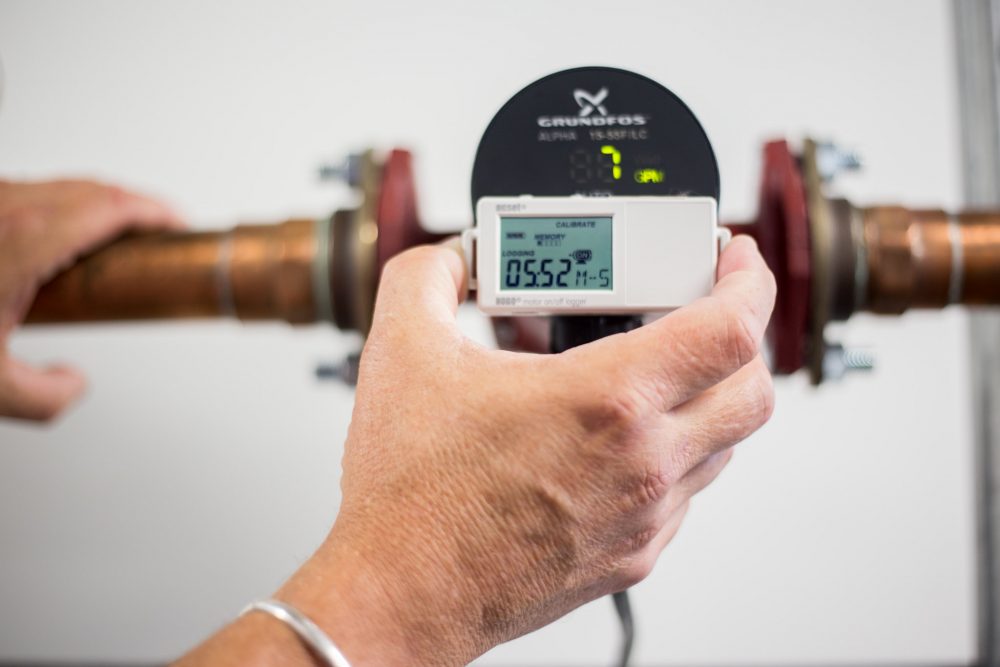As the current response to the COVID-19 pandemic has drastically altered many of our daily routines, so too must our facility operation practices change to provide the best possible protection for occupants. The following guidance summarizes some best practices (provided by the Federation of European Heating, Ventilation, and Air Conditioning Associations, or REHVA) to reduce the spread of the virus in buildings, focusing on airborne transmission. The objective of this guidance is to provide practical information about recommended precautions and dispel certain myths that can lead to unnecessary actions. (Note: guidance provided is based on the most current information available; as understanding of this new virus increases, recommended best practices may change. Also, circumstances in buildings vary widely depending on many factors; decisions to make proposed changes should be informed by facility reference documents and consultation with professionals who understand the specific building.)
The Smart Buildings Center’s Tool Lending Library can help facility managers and operators assess conditions and optimize the building environment to minimize risk during the ongoing response and as we move to re-occupy our buildings. Throughout this post, we’ve highlighted tools in our library that can support your efforts to effectively prepare and maintain your building in response to the COVID-19 pandemic; please reach out to us if you have questions at [email protected].
As most people are now aware, this virus is highly contagious and is most frequently spread by droplets emitted from an infected person through sneezing, coughing, or even talking. Large droplets (>10 microns) can fall up to about 6 feet away. The virus in these droplets can generally remain active on surfaces for 2-3 days. Virus transmission commonly occurs from people touching these surfaces and then touching the mucous membranes on their faces (eyes, nose, mouth). Sanitization protocols in facilities should be increased all over but especially on high-touch surfaces. Transmission can also occur by directly breathing in droplets expelled by an infected person. Wearing masks can help to reduce this occurrence. Additionally, smaller droplets (<5 microns) carrying the virus can remain active for up to about 3 hours airborne and can be moved large distances through a building by air travel. Thus, effective ventilation practices are also key to reducing the risk of transmission via airborne particles in buildings.
When thinking about ventilation, the most important recommendation is to supply as much outdoor air as is reasonably possible. Close recirculation dampers manually or turn recirculation off via the building automation system (and verify it is off). Turn demand-controlled ventilation off or set it to operate near outdoor air concentrations (typically around 400 ppm); CO2 loggers are available from the Tool Lending Library to use for verification of outside air levels. Virus-contaminated outside air is rare, and standard outdoor air filters typically provide effective fine-particle protection (as opposed to common return/recirculation air filters, which are designed primarily for dust and do not normally filter out particles with viruses effectively). There is no need to increase or alter the normal schedule of changing these filters. But personal protective equipment (PPE) such as gloves and respiratory protection should always be worn by technicians when changing any filters, especially return or exhaust filters. To be safe, technicians should operate under the assumption that filters contain active microbiological material, including viruses. Turn the system off while changing the filter(s) and dispose of used filters in a sealed bag.

Since the temperature levels needed to affect this virus fall outside of practical ranges for building operation, there is no need to alter set points for heating or cooling. But ventilation schedules and volumes should be addressed. Running ventilation systems at nominal speed at least 2 hours ahead of building occupation time, and then lowering the speed 2 hours after normal occupancy is recommended. Keep the ventilation systems running during unoccupied hours such as nights/weekends, but at a lower speed. This applies to vacated buildings as well. During the shoulder seasons in many regions, the increased energy use resulting from this practice can hopefully be minimized due to minimal need for heating and/or cooling. Operable windows should be used to supplement mechanical systems where possible. In buildings without mechanical ventilation, use of operable windows is critical. Tool Lending Library equipment such as airflow meters, balometers (airflow capture hoods), and motor loggers can be useful to assess adequacy of airflow and make sure equipment is operating as intended during unoccupied hours.

The exception to using operable windows for ventilation is in restrooms, where an open window can reverse the flow of ventilation and contaminate other rooms, especially in cases of passive stack exhaust. Toilet ventilation should operate 24/7. Restroom windows should remain closed, except when there is no other adequate exhaust available, in which case windows in other spaces should also be kept open to achieve cross flows through the building. Occupants should be instructed to flush toilets with the lids closed (where possible), as droplets containing virus can be dispersed to the air by plumes created when toilets are flushed. Also, maintain proper operation of water seals by avoiding dried-out floor drains and other sanitary devices; add water regularly (about every 3 weeks depending on climate). Tools such as airflow meters or a simple smoke pencil, available from the Tool Lending Library, can be useful in determining that exhaust systems are operating safely as intended.

Properly installed and maintained heat recovery equipment can achieve near-zero transfer of contaminated particles; however, many heat exchangers have not been properly installed (i.e. higher pressure on the exhaust side which can cause leakage from exhaust air into supply air). Leaks are also common because of inadequate maintenance. Check heat recovery equipment and be sure that leakage is minimized as much as possible. Pressure adjustments can be made using dampers or other strategies, and some systems are equipped with a heat recovery bypass function. Leakage is higher at lower airflow rates; thus higher ventilation rates are helpful. Tools available from the Tool Lending Library, such as manometers or other pressure gauges, can be useful for assessing and correcting pressure issues. In some cases, ultrasonic leak detectors may also be helpful. PPE should always be worn when making these types of assessments.
There is a misconception that duct cleaning is required to minimize spread of the virus in buildings; however, this is likely an unnecessary practice since virus particles do not attach easily to duct surfaces. It is much more important to increase fresh air supply and avoid recirculation of air.
In the case of small spaces served by standalone fan coil or induction units that work with room level circulation, if possible, it is recommended these units be turned off to avoid airborne suspension of virus particles. If they cannot be turned off (i.e. there is a cooling need) then it is recommended to operate their fans continuously, since the virus can settle in the filters (which are typically coarse and not effective at trapping fine virus particles) and then resuspension is increased when the fan is turned back on. If the fan is running continuously, virus particles will theoretically be removed with exhaust ventilation. Room air cleaners with at least HEPA filter efficiency or special UV equipment may also be effective at removing virus particles in smaller spaces.
SBC’s Tool Lending Library has always been a valuable resource for our community, and we’ll continue to serve you to the best of our ability. In accordance with the stay-at-home order in Washington state, and to minimize risk to SBC staff as well as tool borrowers, the Tool Lending Library is currently closed for in-person transactions as well as for non-essential requests. However, we will fulfill (via shipping) requests related to critical operations and/or health and safety in facilities serving functions deemed essential, on a case-by-case basis. When making your tool reservation, please include a note about how your project specifically meets these criteria. Please be patient and allow extra time to receive loans. Precautions will be taken to make sure equipment is sanitized before and after being loaned. Contact us at [email protected] to discuss how we may serve your needs for critical operations during this time and as you prepare for re-occupying buildings in the near-future.
